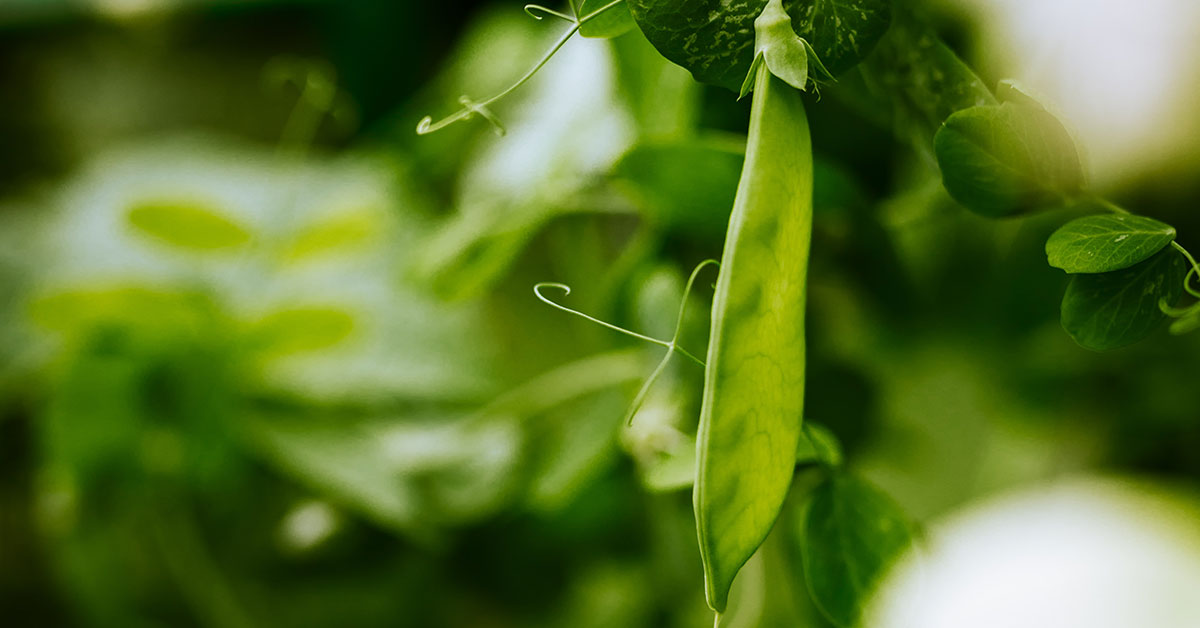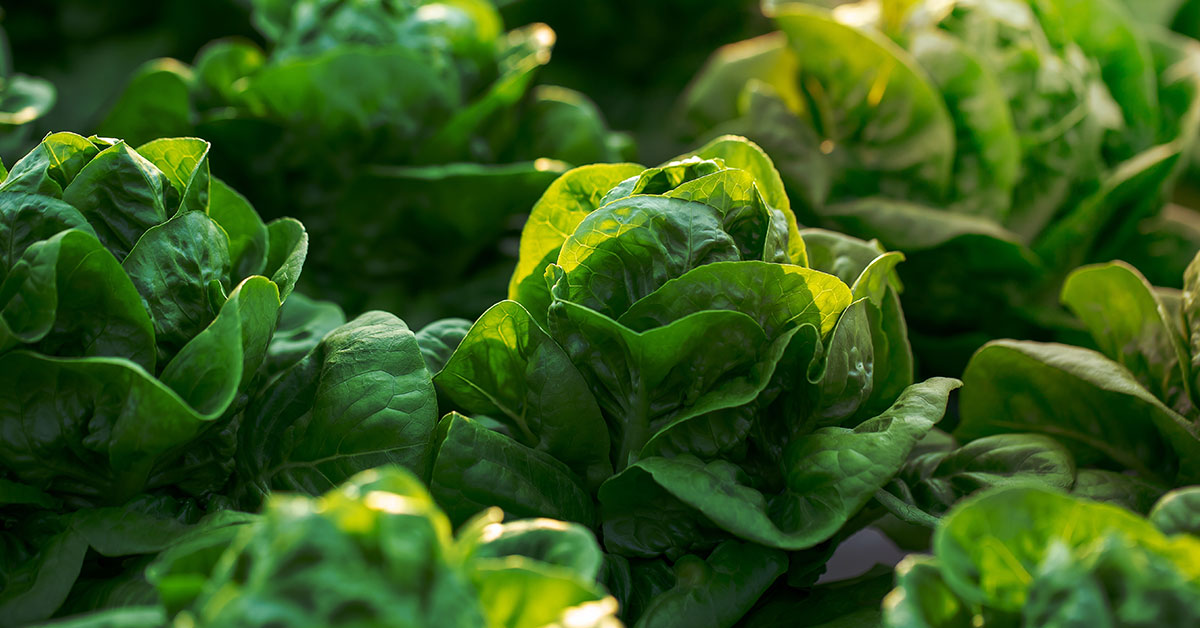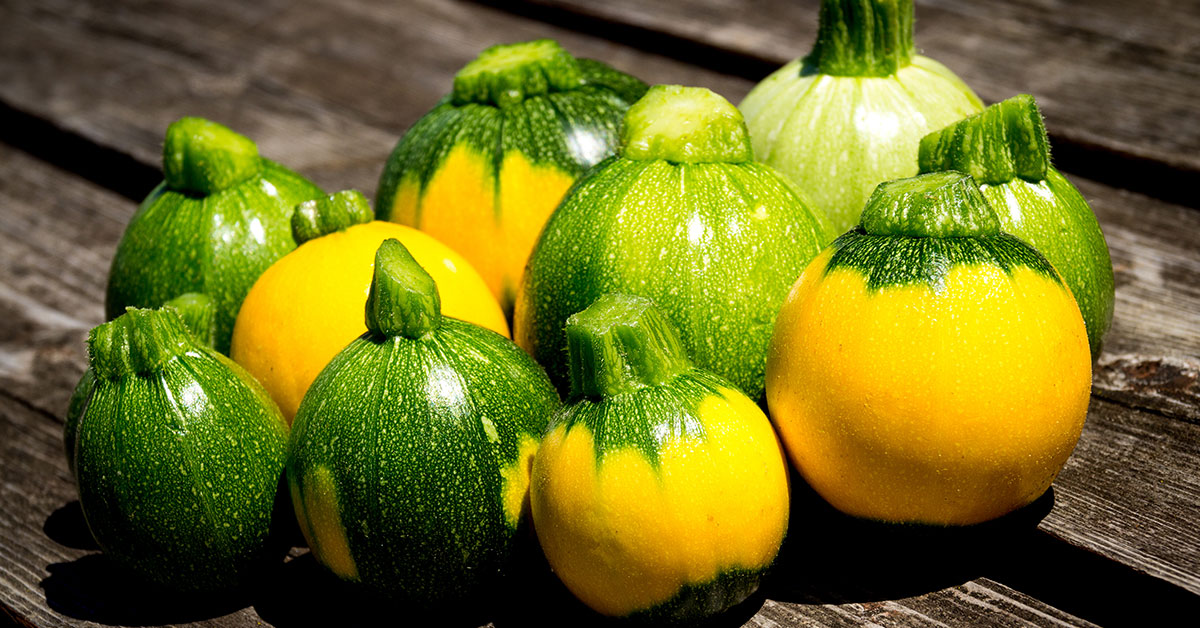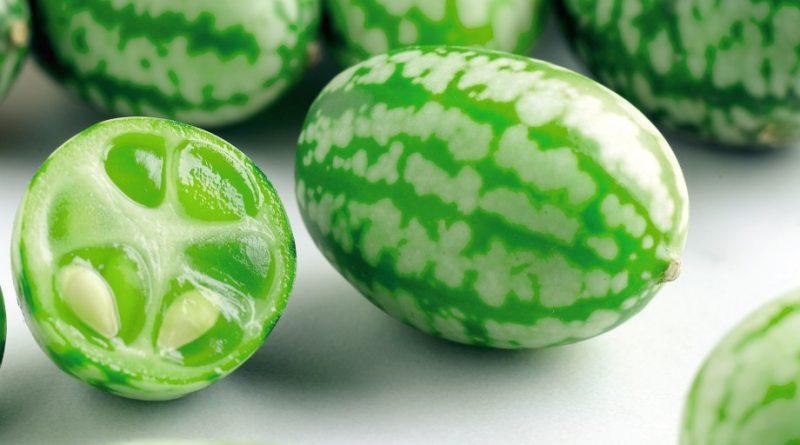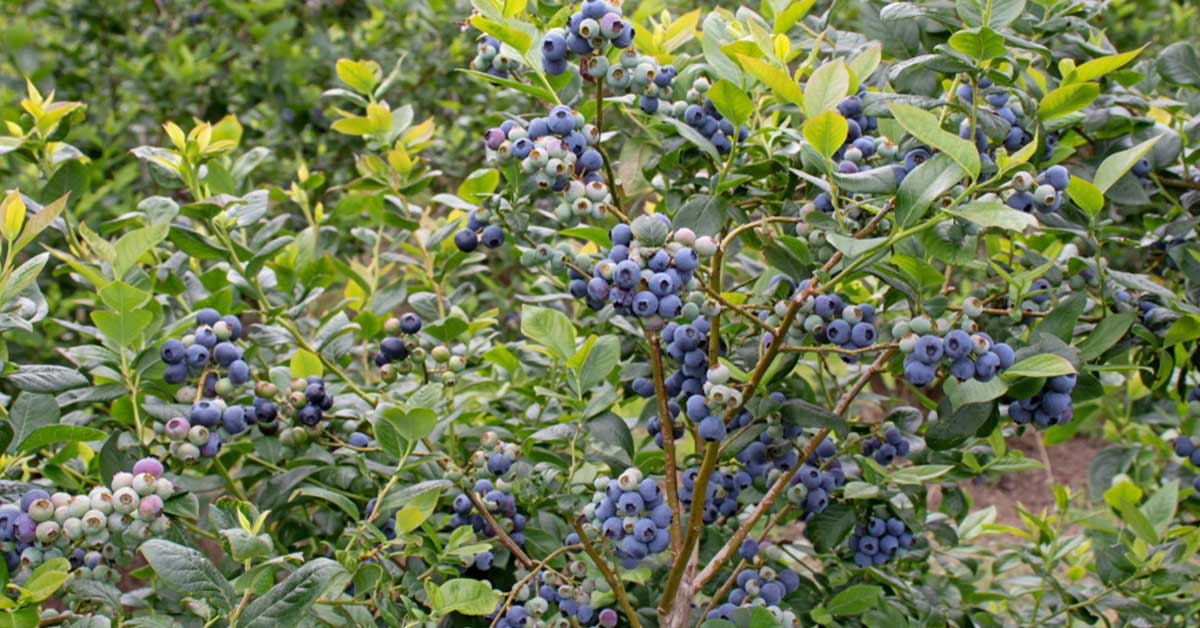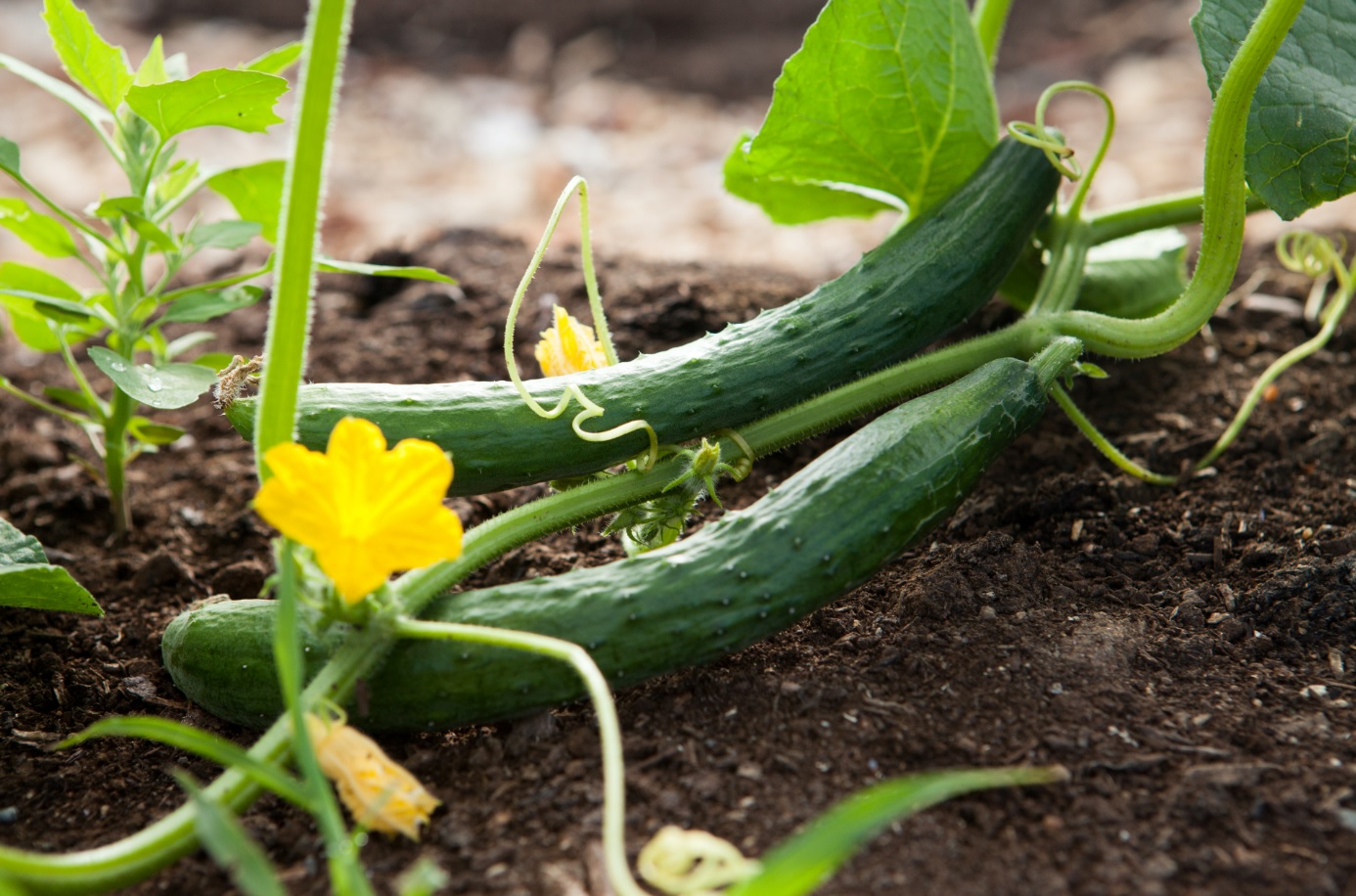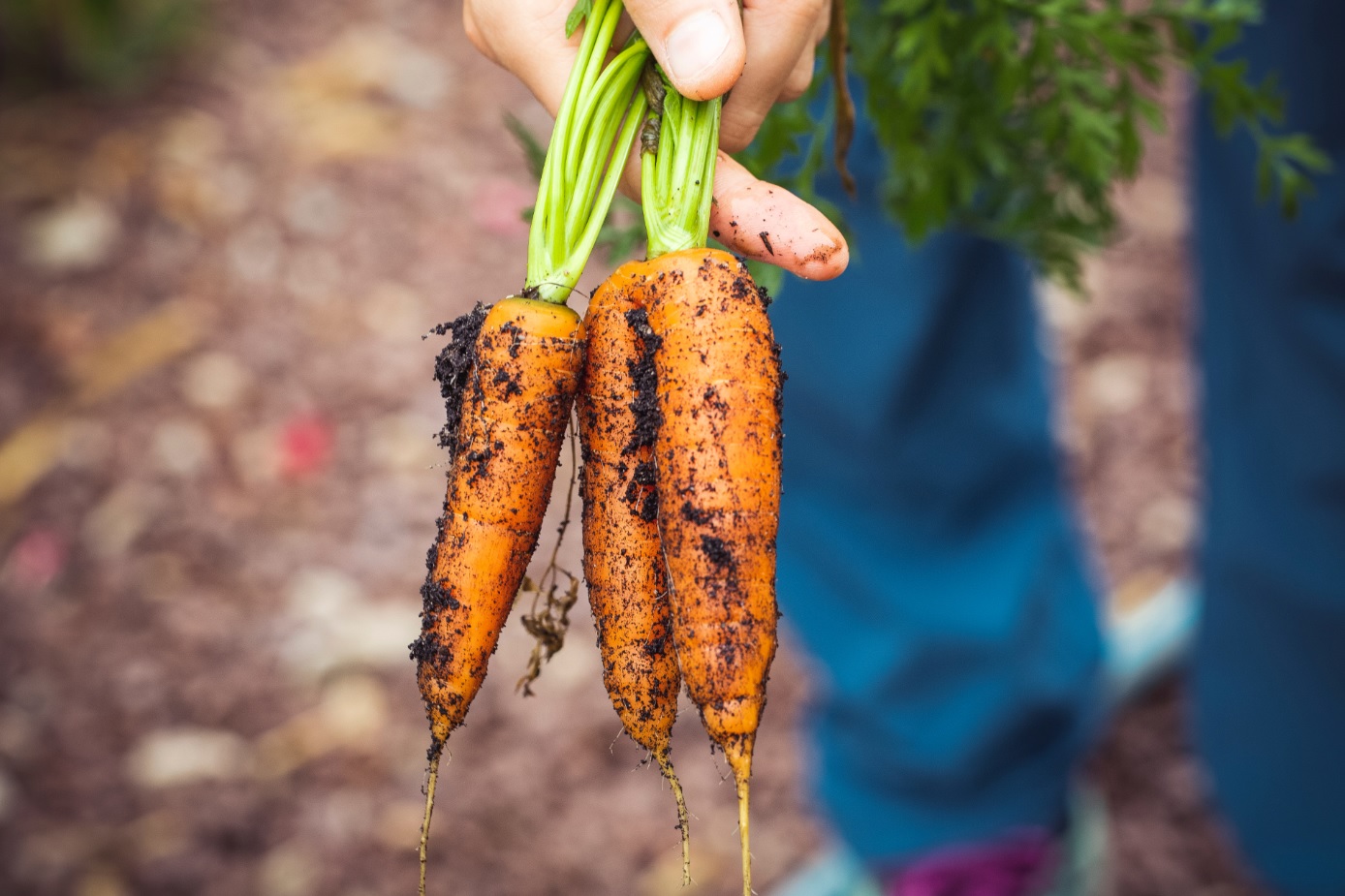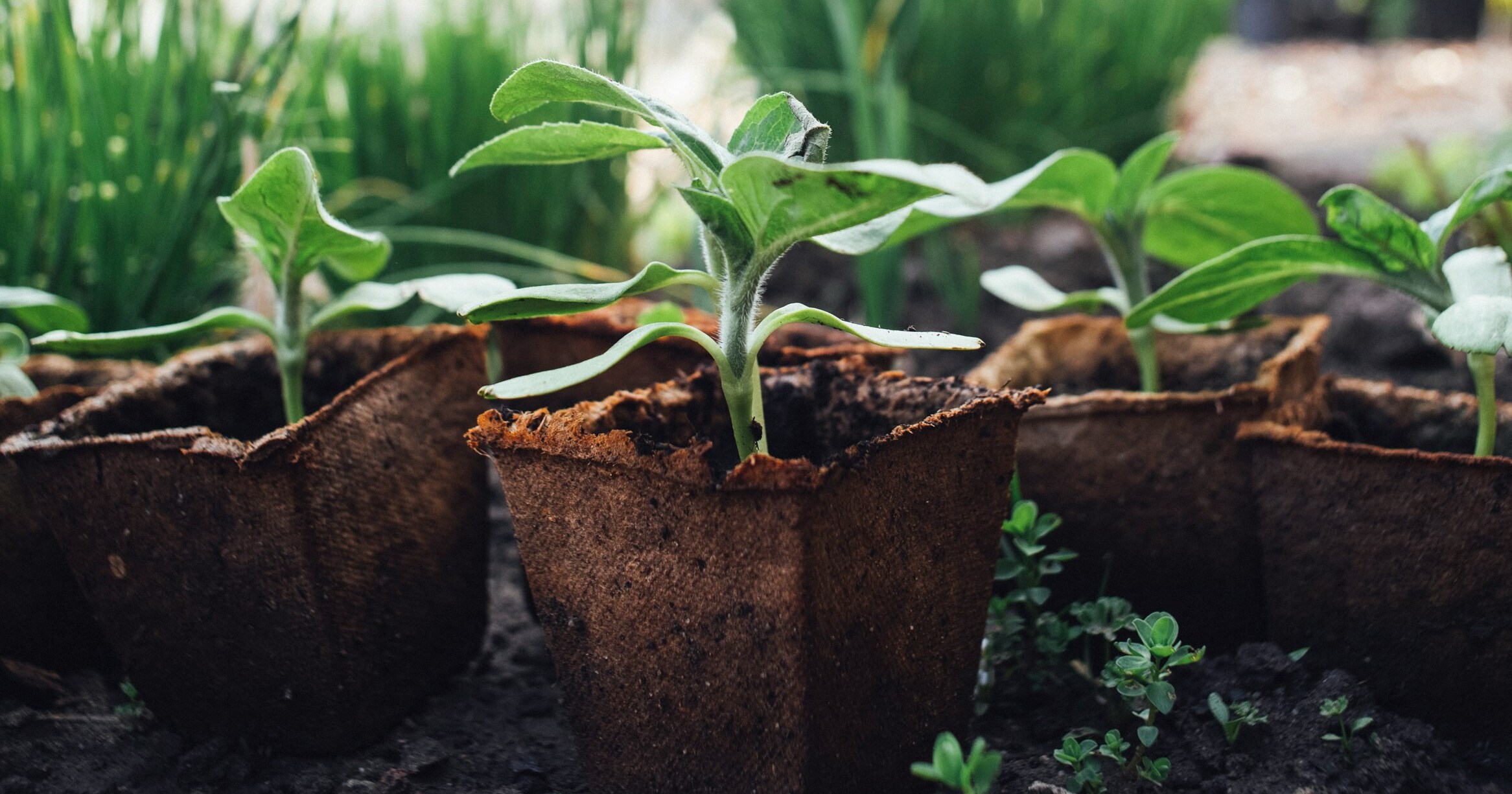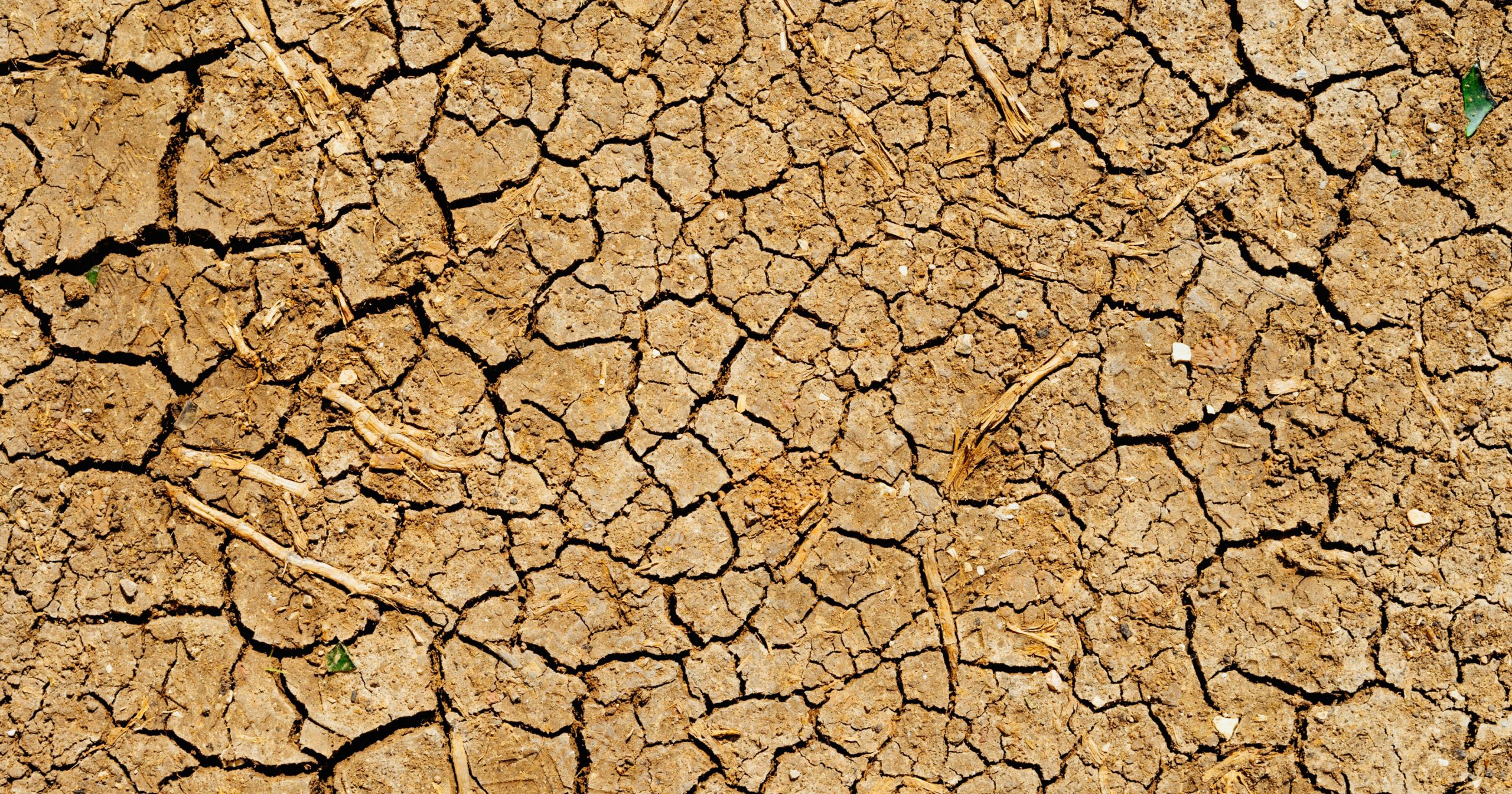If you’re a gardening enthusiast looking for a unique and rewarding crop to add to your vegetable garden, look no further than the German Giant Radish.
With its impressive size, vibrant colors, and flavor that will leave your taste buds craving for more, this radish variety is sure to be a showstopper in your garden.
In this article, we will explore everything you need to know about growing the German Giant Radish, from selecting the right seeds to providing optimal growing conditions.
What is a German Giant Radish?
German Giant Radish sets itself apart from other radish varieties with its exceptional size. Unlike smaller radishes commonly found in supermarkets, German Giant Radish can reach astonishing dimensions, sometimes growing up to two feet long and weighing several pounds. Its elongated shape and pale green skin make it instantly recognizable. When sliced open, the radish reveals a crisp, white flesh that is both juicy and refreshing. Despite its size, the German Giant Radish maintains a mild and slightly sweet flavor, making it an excellent addition to various dishes.
The German Giant Radish has a rich history that traces back to Germany, where it was initially cultivated. It is believed to have been developed during the 18th century by German gardeners who aimed to create a radish variety suitable for both culinary and agricultural purposes. Over time, this radish gained popularity in Europe and eventually made its way to other parts of the world.
In terms of cultivation, German Giant Radish requires similar conditions to other radish varieties. It thrives in cool weather and can be grown in both spring and fall seasons. The radish prefers well-drained soil and requires regular watering to ensure proper growth. With proper care and attention, gardeners can enjoy a bountiful harvest of these impressive radishes within a few months.
German Giant Radish offers a myriad of culinary possibilities. Its large size makes it an ideal choice for slicing and incorporating into salads, sandwiches, and appetizer platters. When sliced thin, the radish adds a delightful crunch and a mild peppery taste to any dish. Additionally, German Giant Radish can be pickled, roasted, or even grated to create unique and flavorful condiments.
What does a German Giant Radish taste like?
When it comes to unique and flavorful vegetables, the German Giant Radish is definitely a standout. This oversized radish, also known as Raphanus sativus, is a popular choice among gardeners and food enthusiasts alike. But what exactly does the German Giant Radish taste like? Let’s explore its flavor profile together.
The German Giant Radish is known for its crisp texture and mild, slightly spicy flavor. It has a vibrant and refreshing taste that is often compared to a combination of radishes and turnips. When you take a bite into this radish, you’ll experience a delightful crunch followed by a subtle heat that lingers on your taste buds.
One of the reasons why the German Giant Radish is so beloved is its versatility in the kitchen. Its flavor pairs well with a variety of dishes and cuisines. You can enjoy it raw, thinly sliced in salads, or pickled for a tangy addition to sandwiches and wraps. The radish’s spicy undertones also make it a fantastic addition to stir-fries and roasted vegetable medleys.
If you prefer a milder taste, you can soak the German Giant Radish in cold water before consuming it. This technique helps reduce its spiciness, making it more palatable for those who are sensitive to heat. However, many radish enthusiasts appreciate the slight kick that this radish brings to their meals.
In addition to its taste, the German Giant Radish also offers health benefits. Like other radishes, it is low in calories and high in fiber, making it a great choice for those looking to maintain a healthy diet. It is also a good source of Vitamin C, potassium, and antioxidants, which can support immune function and overall well-being.
The German Giant Radish is a delightful vegetable that offers a unique flavor experience. Its crisp texture, mild spiciness, and refreshing taste make it a versatile ingredient in various culinary creations. Whether enjoyed raw, pickled, or cooked, this radish is sure to add a vibrant and flavorful touch to your meals.
How to start from seed
These radishes, known for their large size and crisp texture, are a popular choice among gardeners. These instructions will guide you through the process of starting German Giant Radish from seed, from choosing the right seeds to nurturing them until harvest.
- Selecting the Right Seeds:
To begin, it is important to choose high-quality German Giant Radish seeds. Look for reputable seed suppliers or nurseries that offer a wide selection of radish seeds. Ensure that the seeds are fresh and viable by checking the packaging date and any germination rates provided. - Choosing the Planting Location:
German Giant Radishes thrive in full sun, so select a location in your garden that receives at least 6-8 hours of direct sunlight daily. The soil should be well-draining and rich in organic matter. If your soil tends to be heavy or clay-like, consider amending it with compost or well-rotted manure to improve its texture and fertility. - Preparing the Soil:
Before sowing the seeds, prepare the soil by removing any weeds or debris. Loosen the soil to a depth of about 6-8 inches, breaking up any clumps. This will provide a loose and friable bed for the radish roots to grow. - Sowing the Seeds:
Sow the German Giant Radish seeds directly into the prepared soil, following the spacing instructions on the seed packet. Generally, radish seeds should be planted about 1/2 inch deep and 1 inch apart. Gently cover the seeds with soil and pat it down lightly to ensure good seed-to-soil contact. - Watering and Care:
After sowing the seeds, water the area thoroughly to ensure good moisture penetration. Keep the soil consistently moist but not waterlogged during the germination period, which usually takes around 5-7 days. Once the seedlings emerge, reduce the frequency of watering, allowing the top inch of soil to dry out between waterings. - Thinning and Transplanting:
When the radish seedlings reach a height of about 2 inches, thin them to provide ample space for the remaining plants to grow. Carefully remove the weaker or overcrowded seedlings, leaving a spacing of 2-3 inches between plants. Transplant any thinned seedlings to another area of the garden if desired. - Fertilizing:
German Giant Radishes generally do not require heavy fertilization. However, incorporating compost or a balanced organic fertilizer into the soil prior to planting can provide essential nutrients for healthy growth. Avoid using excessive nitrogen-rich fertilizers, as they may result in lush foliage but smaller radishes. - Pest and Disease Management:
Fortunately, German Giant Radishes are relatively resistant to pests and diseases. However, keep an eye out for common radish pests such as flea beetles or root maggots. Consider using organic pest control methods, such as floating row covers or companion planting, to deter pests.
How to grow this vegetable in your garden
Before you start growing German Giant Radish, it is important to choose the right location for your radish bed. These radishes prefer full sun but can also tolerate partial shade. Ensure that the location you choose has well-draining soil with a pH level between 6.0 and 7.0. They require a good amount of space to grow, so make sure the area you select allows for proper root development.
Preparing the Soil:
To ensure optimum growth and yield, it is crucial to prepare the soil before planting German Giant Radish seeds. Begin by removing any weeds or debris from the area. Loosen the soil to a depth of at least 8-10 inches using a garden fork or tiller. Incorporate organic matter like compost or well-rotted manure to improve soil fertility and drainage. This will create a favorable environment for the radish roots to grow.
Sowing German Giant Radish Seeds:
Once the soil is prepared, it’s time to sow German Giant Radish seeds. These seeds are relatively large, making them easier to handle. Create furrows in the soil about ½ inch deep and 2-3 inches apart. Place the seeds in the furrows, spacing them around 1 inch apart. Cover the seeds with soil and gently firm it down to ensure good seed-to-soil contact. Water the area lightly to help with germination.
Watering and Maintenance:
German Giant Radishes require consistent moisture to grow properly. Keep the soil evenly moist, but avoid overwatering as it can lead to rot. A general rule of thumb is to water the radishes when the top inch of soil feels dry. To help retain moisture and prevent weed growth, consider applying a layer of mulch around the radish plants. Additionally, regular weeding is essential to prevent competition for nutrients and space.
Harvesting German Giant Radish:
German Giant Radishes are usually ready to harvest within 4-6 weeks of sowing, depending on weather conditions and desired size. You can start harvesting them when they reach a diameter of 2-4 inches. To harvest, gently loosen the soil around the radish and pull it out. If the radishes become too large, they may become woody and lose their flavor, so it’s best to monitor their growth regularly.
German Giant Radishes are versatile in the kitchen and can be enjoyed in various ways. They can be eaten raw, sliced into salads, or pickled for a tangy twist. Their mild flavor and crunchy texture make them a great addition to sandwiches and wraps. You can also roast or sauté them with other vegetables for a delicious side dish. Get creative and explore different recipes to fully enjoy the unique taste of German Giant Radish.


